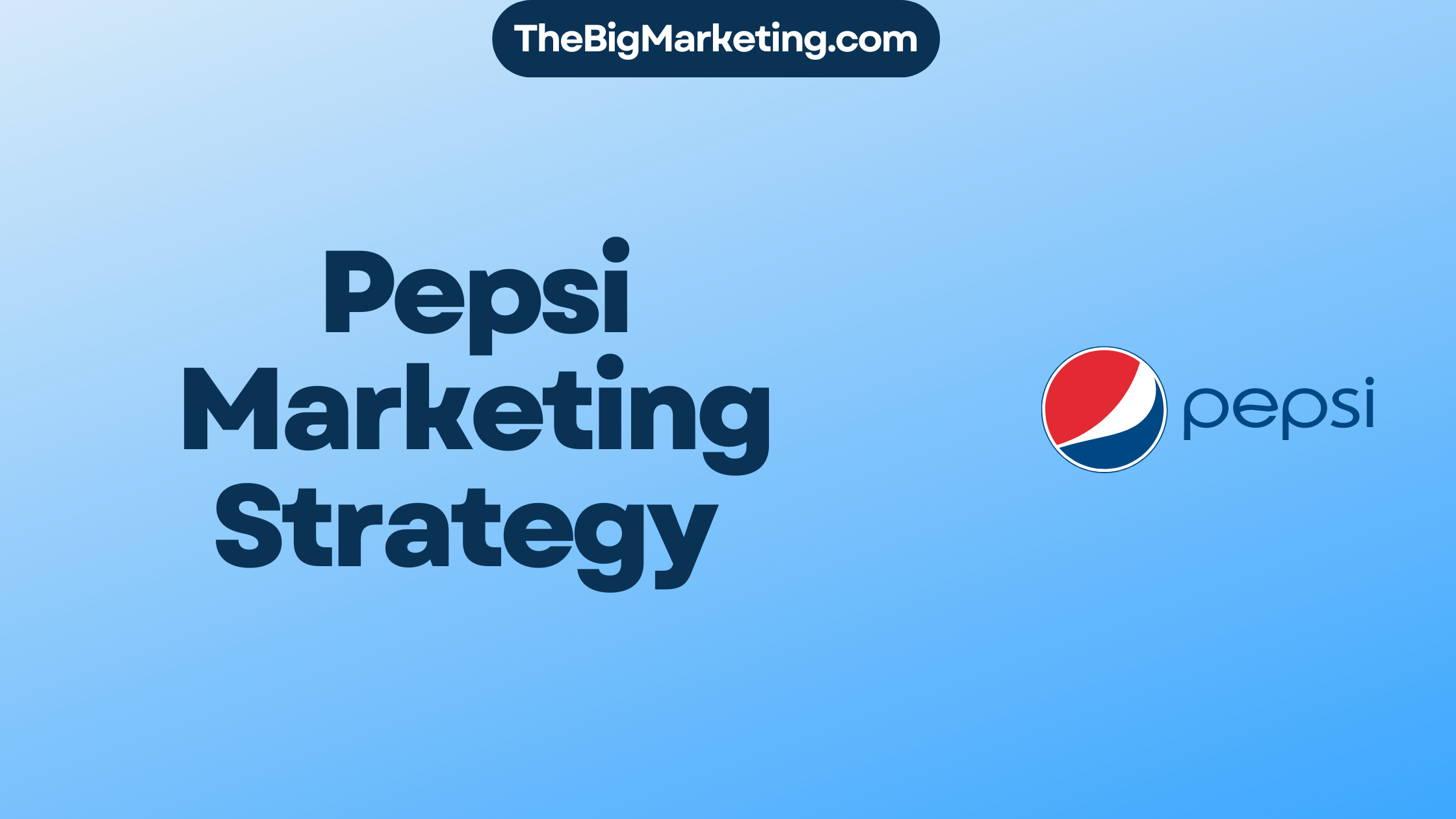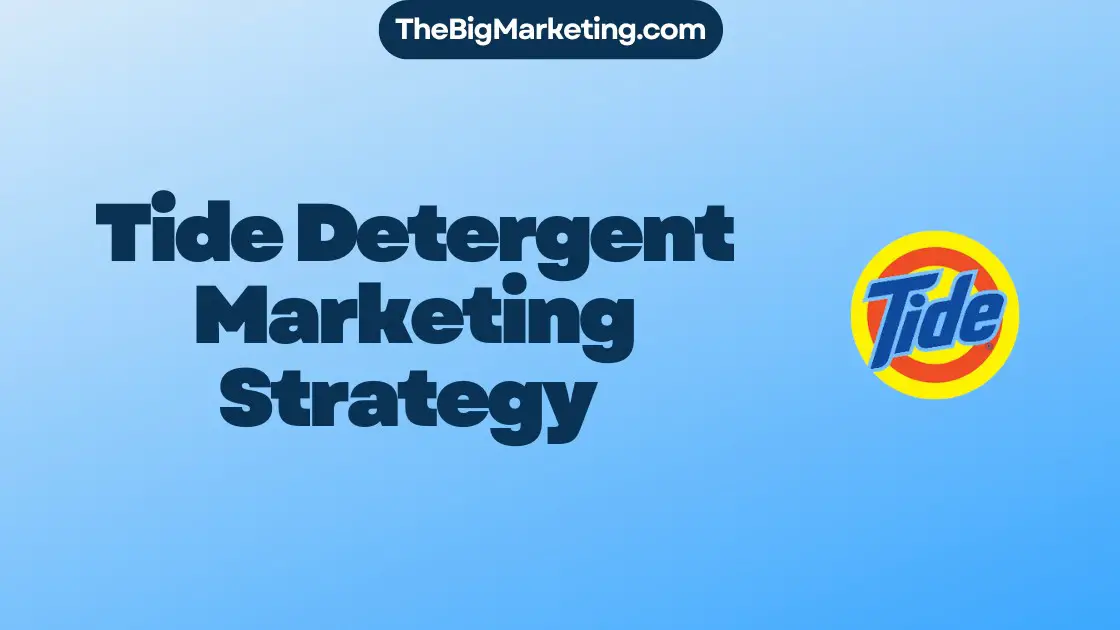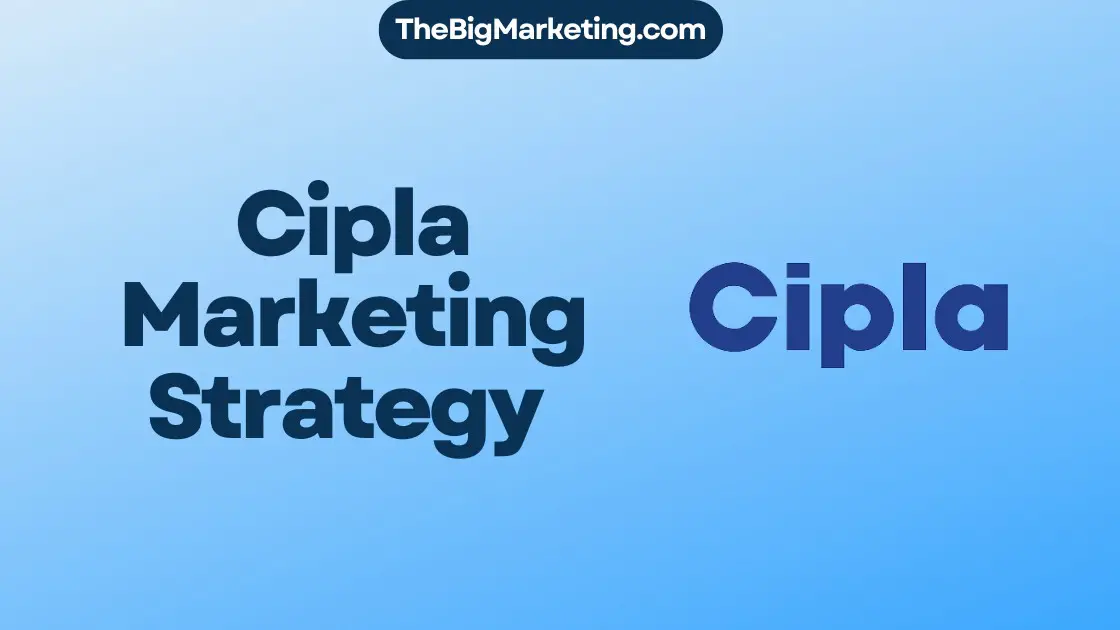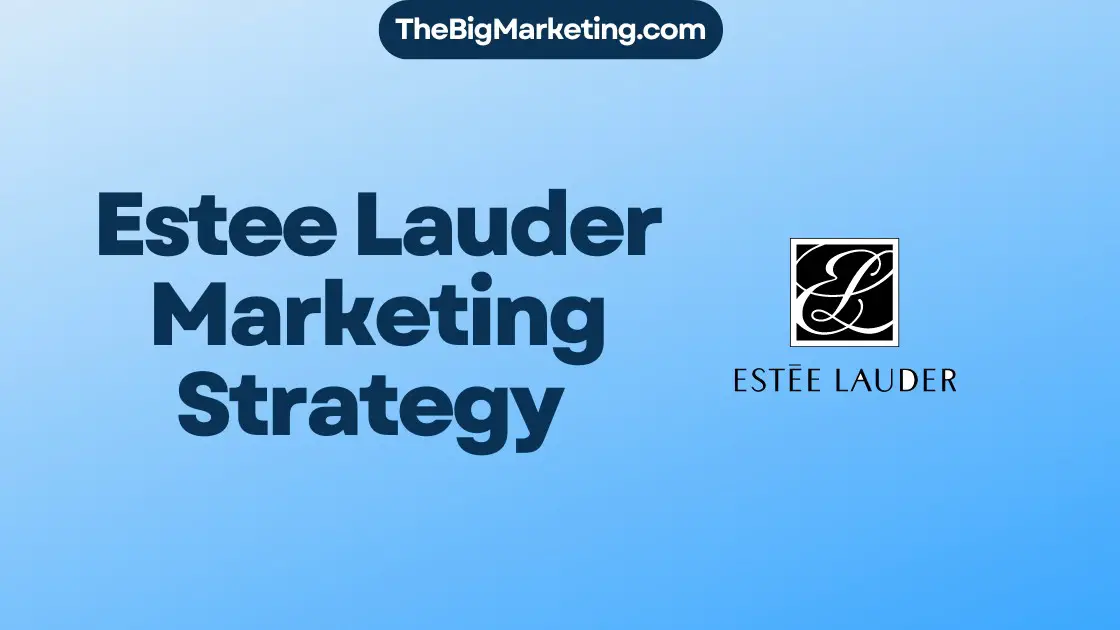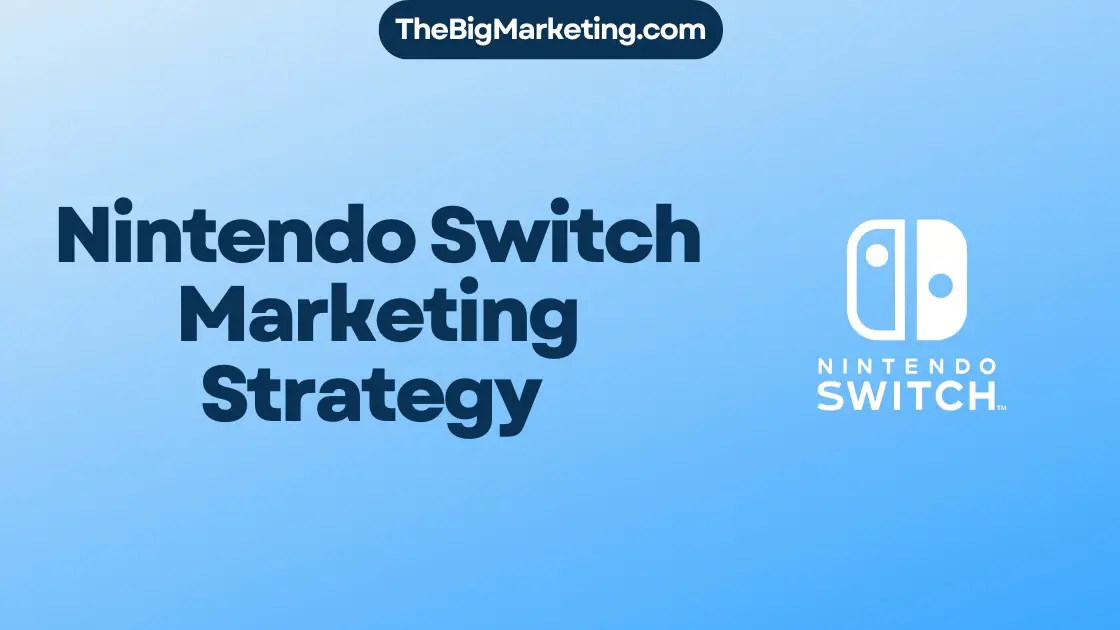Noom’s marketing strategy has propelled them to success in the health and wellness industry. In this case study, we will delve into Noom’s digital marketing efforts, revealing the tactics and strategies they have employed to drive growth and connect with their target audience.
From effective SEO tactics to captivating social media campaigns, Noom has mastered the art of building a strong online presence. Their branding strategies and successful marketing plans have set them apart from the competition, transforming them into a household name in the health and wellness space.
By employing innovative strategies and leveraging the power of digital marketing, Noom has positioned itself as a leader in the industry. Let’s explore their marketing approach and discover the secrets behind their continued success.
Key Takeaways:
- Noom’s marketing strategy has been highly successful in driving growth and attracting customers.
- They have implemented effective SEO tactics, social media campaigns, and branding strategies to build a strong online presence.
- Noom’s focus on behavior change sets them apart from their competitors in the health and wellness industry.
- Their marketing approach challenges traditional meal replacement brands by offering a more personalized and cost-effective solution.
- Noom’s onboarding flow and strategic collaborations have played a crucial role in their marketing success.
About Noom
Noom is a health and wellness app that leverages mobile technology to assist individuals in achieving weight loss and improving fitness through behavioral change. The company was established in July 2008 by Artem Petakov and Saeju Jeong, and their app was introduced in 2016. Over the years, Noom has experienced significant growth, although the revenue for 2020 is currently unavailable. The company’s success is evident from the numerous funding rounds it has secured, having obtained a total funding amount of $117.3 million US from seven lead investors.
Noom’s Positioning and Messaging
Noom differentiates itself from established weight loss companies by focusing on long-lasting behavioral change instead of relying on short-term support or quick fad diets. Their positioning revolves around the idea of sustainable habits for sustainable results. Noom takes a unique approach by offering shorter timelines to achieve weight loss goals, making it appealing to individuals with specific events or deadlines, such as weddings or vacations.
Unlike some of its competitors, Noom’s target audience is not limited to a specific gender or age group. Their messaging and emphasis on behavioral change resonate with individuals from all walks of life, aiming to address the root causes of unhealthy habits and provide lasting solutions.
Noom’s main competitors in the weight loss industry include well-known brands like Weight Watchers, Jenny Craig, and meal delivery services. These companies typically offer support and pre-packaged meals as their primary value propositions. However, Noom recognizes a common problem among individuals who use weight loss services: struggling to maintain their weight loss once support stops.
Noom’s solution to this problem is centered around long-term behavioral change. They focus on empowering individuals to develop healthier habits and sustainable lifestyles beyond the program’s duration. By addressing the underlying behaviors that contribute to weight gain, Noom aims to ensure that the weight stays off even after the program ends.
Comparison with Competitors
To better understand Noom’s positioning in the weight loss industry, let’s compare it with some of its established competitors:
| Noom | Weight Watchers | Jenny Craig | Meal Delivery Services |
|---|---|---|---|
| Focuses on behavioral change and sustainable results | Offers support and emphasizes psychological aspects | Provides pre-packaged meals and support | Delivers pre-made meals for convenience |
| Targets both men and women | Initially focused on women, expanded to include men | Targets women primarily, expanded to include men | Targets individuals seeking convenience in meal preparation |
| Personalized approach based on habits and psychology | Customized point system for food tracking and support | Personalized meal plans and one-on-one coaching | Offers a variety of meal options for different dietary needs |
As shown in the table above, Noom differentiates itself through its focus on habit change and a personalized approach based on behavioral psychology. This sets it apart from competitors who primarily offer pre-packaged meals or generic support. Noom’s broader target audience allows it to address the psychological challenges of weight loss for both men and women.
Noom vs the Competitors
Noom sets itself apart from competitors by having a unique mechanism that focuses on the habit part of weight loss instead of offering pre-made meals or generic promises of being holistic. While both Noom and Weight Watchers emphasize the psychological side of weight loss, Noom leverages behavioral psychology and habit change to drive lasting results. Unlike Weight Watchers, which initially targeted women and later expanded to include men, Noom targets both genders, assuming that they face similar psychological challenges when it comes to weight loss. This broader target audience allows Noom to strategically position itself and win in the market.
Noom’s Marketing Approach
Noom’s marketing approach challenges meal replacement brands like Nutrisystem and Jenny Craig. They believe that these services offer overpriced meals and question the necessity of relying on pre-packaged frozen meals. Instead, Noom focuses on personalized behavioral change as the foundation for weight loss and overall well-being. By emphasizing the importance of individual habits and choices, Noom positions itself as a more cost-effective and flexible alternative to traditional meal replacement brands.
The Overpriced Nature of Meal Replacement Brands
When comparing Noom’s marketing approach to meal replacement brands, it becomes evident that one of their key differentiators is the pricing of their services. Meal replacement brands often come with a premium price tag, accompanied by claims of convenience and portion control. However, Noom challenges the notion that these pre-packaged frozen meals are a necessity for weight loss success.
Noom’s Focus on Personalized Behavioral Change
Noom’s messaging revolves around the idea that weight loss and healthy living are the results of lasting changes in behavior. Rather than relying on pre-packaged meals, Noom encourages individuals to make informed choices and develop sustainable habits. By providing personalized guidance and support, Noom empowers its users to take control of their well-being long-term.
A Cost-Effective and Flexible Option
Compared to meal replacement brands, Noom positions itself as a more cost-effective and flexible option. Their programs offer customizable meal planning, educational resources, and interactive coaching, all at a fraction of the cost typically associated with meal replacement services. Noom’s approach takes into account individual preferences, allowing users to adapt their dietary choices to fit their unique lifestyle and goals.
| Noom’s Marketing Approach | Meal Replacement Brands |
|---|---|
| Focuses on personalized behavioral change | Promote convenience and portion control |
| Challenges the pricing of meal replacement brands | Offers overpriced pre-packaged frozen meals |
| Positions itself as a cost-effective and flexible option | Often comes with a premium price tag and limited flexibility |
Noom’s Onboarding Flow
Noom’s onboarding flow plays a crucial role in their marketing strategy. It focuses on building trust, creating an emotional state, and future pacing results to motivate users to buy. One of the key elements of Noom’s onboarding flow is the use of social proof, which helps establish credibility and reliability in the minds of potential customers.
To build trust, Noom includes testimonials and success stories from previous users who have achieved their weight loss goals. These stories are strategically placed throughout the onboarding process to demonstrate the effectiveness of Noom’s program and instill confidence in new users.
The onboarding flow also prompts users to explain their primary goals and the specific problems preventing them from achieving success in the past. This step allows Noom to tailor their program to each individual’s unique needs and challenges, further building trust by showing that they understand the customer’s struggles.
Noom’s onboarding flow goes beyond simply addressing the user’s current situation. It aims to create an emotional state that motivates users to take action and commit to the program. By highlighting the potential benefits of weight loss, such as improved health, increased energy, and enhanced self-confidence, Noom appeals to users’ desires for a better future.
Additionally, Noom incorporates future pacing into their onboarding flow to help users envision the positive results they can achieve. Through personalized messages and visuals that depict potential weight loss outcomes, Noom helps users visualize their journey and reinforces their commitment to the program.
To nurture their relationship with users and cultivate long-term engagement, Noom also focuses on collecting email addresses during the onboarding flow. By obtaining this contact information, Noom can stay connected with users, provide ongoing support, and deliver relevant content and offers that further enhance the user experience.
While Noom’s onboarding flow includes a comprehensive questionnaire with 67 steps, smaller brands can adapt this approach to fit their own specific needs. The key is to prioritize asking about the user’s goals, previous weight loss attempts, challenges, desired outcomes, and, of course, collecting email addresses.
In summary, Noom’s onboarding flow is a prime example of effective marketing strategy. It builds trust, creates an emotional state, and future paces results, all while collecting valuable user information. Marketers in any industry can learn from Noom’s approach to create a seamless onboarding experience and foster long-term customer relationships.
| Noom’s Onboarding Flow | |
|---|---|
| Key Elements | Building trust through social proof Exploring primary goals and challenges Creating an emotional state that motivates action Future pacing to visualize results Collecting email addresses for ongoing engagement |
| Benefits | Establishes credibility and reliability Tailors program to individual needs Motivates users to commit to the program Helps users envision positive outcomes Enables ongoing communication and support |
| Adaptability | Smaller brands can modify the approach Focus on essential information and email collection |
The Power of Strategic Collaboration
Strategic collaboration can be a game-changer when it comes to enhancing your email marketing strategy. The Mad Potter, a renowned paint-your-own pottery studio, exemplifies the tremendous potential of strategic collaborations in achieving marketing success.
By partnering with Mayple, a leading marketing agency, The Mad Potter was able to revolutionize their email marketing approach and witness remarkable results. With Mayple’s expertise and guidance, The Mad Potter implemented a personalized approach to their email campaigns, tailoring their messages to resonate with their audience on a deeper level.
The impact of this strategic collaboration was evident in the improved metrics. The Mad Potter noticed a significant increase in open rates, indicating that their emails were capturing the attention of recipients more effectively than ever before. This boost in engagement not only translated into increased brand visibility but also instilled confidence in The Mad Potter’s marketing efforts.
This case study clearly underscores the importance of strategic collaborations in unlocking the full potential of your email marketing strategy. By joining forces with the right partner, businesses can leverage collective expertise and resources to maximize the impact of their campaigns.
Whether it’s enhancing personalization, refining messaging, or optimizing targeting, strategic collaborations can provide valuable insights and innovative solutions to take your email marketing strategy to new heights.
Key Takeaways:
- Strategic collaborations can significantly enhance your email marketing strategy.
- Partnerships with industry experts offer valuable insights and innovative solutions.
- A personalized approach can improve email engagement and open rates.
- Strategic collaborations instill confidence in marketing efforts and drive brand visibility.
Embrace the power of strategic collaboration and unlock the full potential of your email marketing strategy today.
Conclusion
Noom’s marketing strategy has proven to be highly effective in driving growth and reaching their target audience. Through their innovative approach, Noom has successfully differentiated themselves from competitors in the wellness industry. By focusing on behavioral change, personalized messaging, and unique mechanisms, Noom has captured the attention of those seeking long-term results.
Digital marketing has played a crucial role in Noom’s success, allowing them to build a strong online presence and engage with their target audience effectively. Social media campaigns and strategic branding strategies have further bolstered Noom’s position in the market.
In conclusion, Noom’s marketing strategy serves as a case study for effective marketing strategies in the wellness industry. Their ability to leverage digital marketing tactics, deliver personalized messaging, and offer an innovative solution to weight loss has propelled their growth and established Noom as a prominent player in the market.

